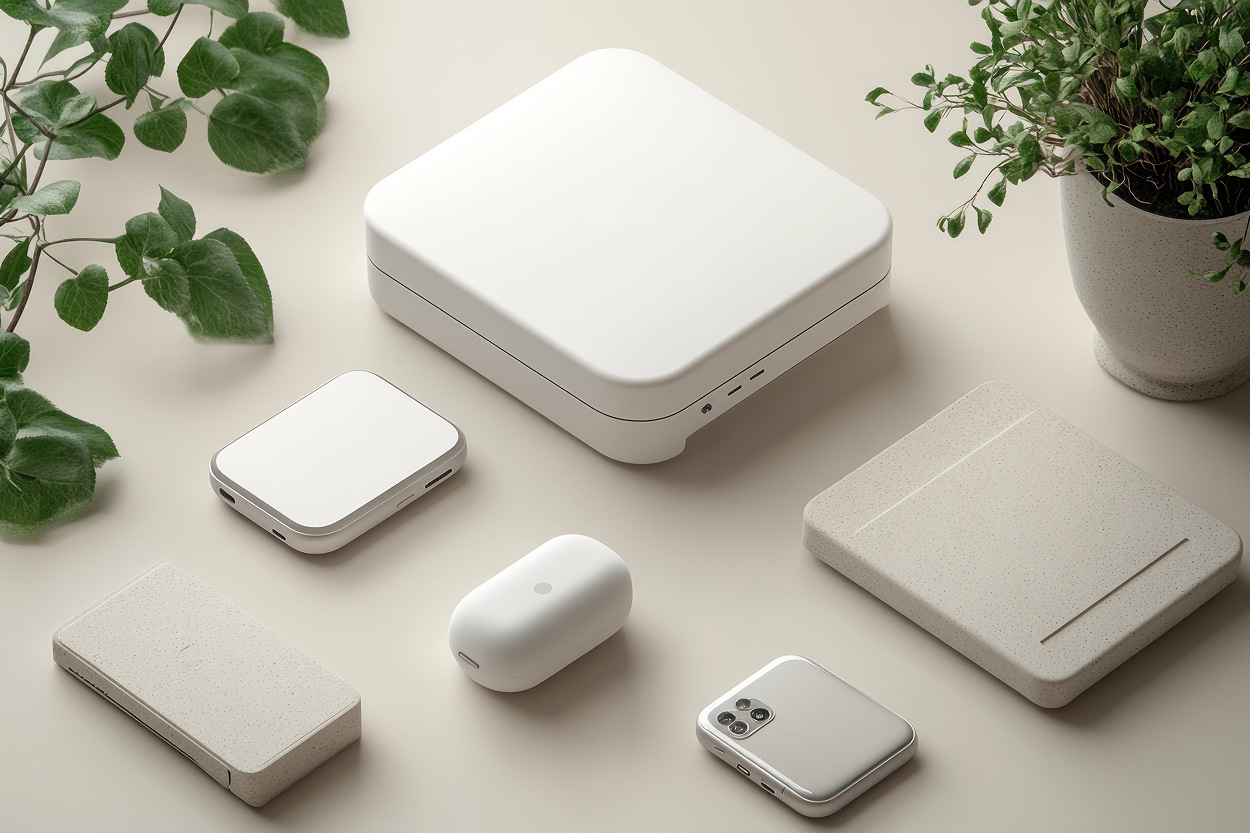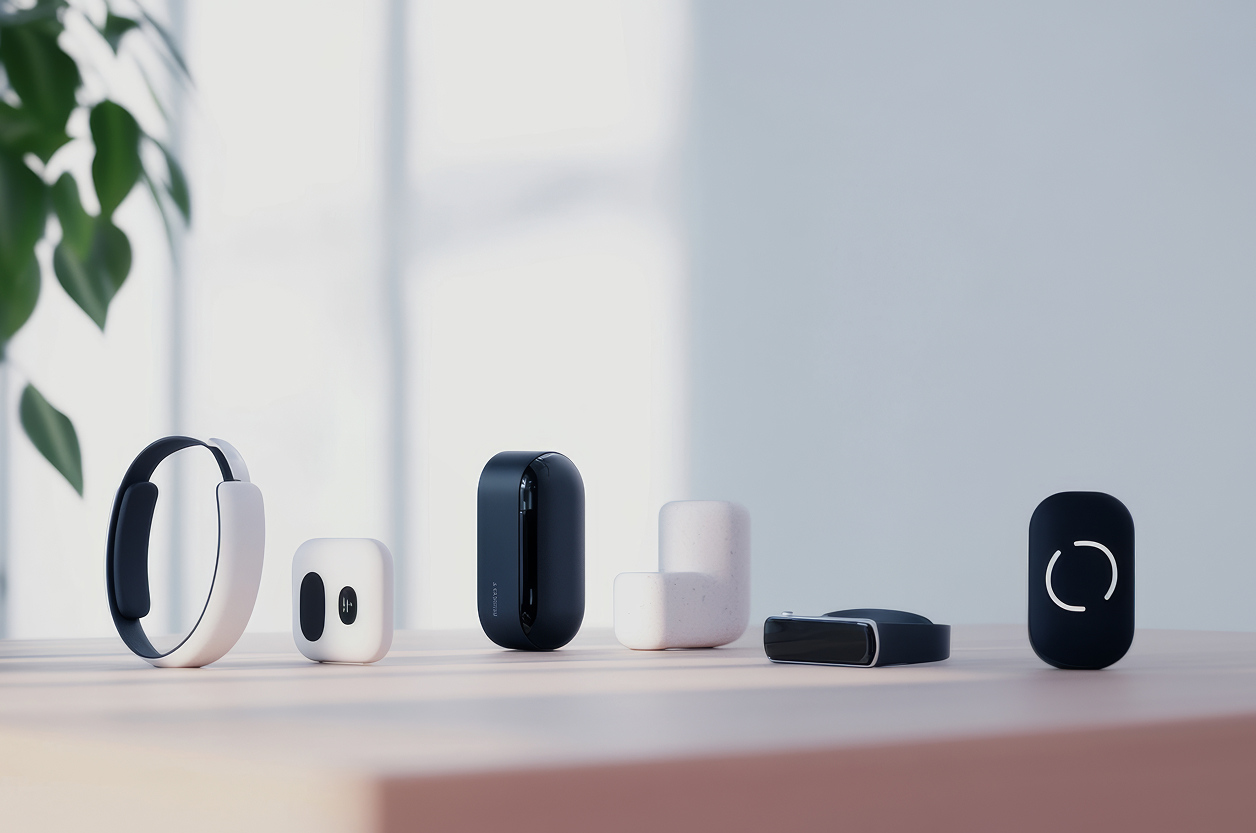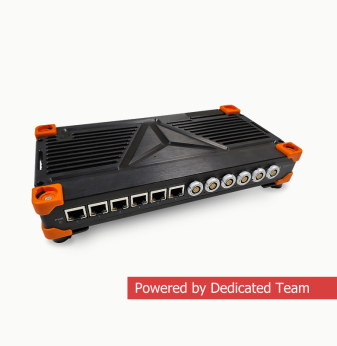Enclosure Design Services: Engineering Reliable and Aesthetic Solutions

The enclosure of an electronic device is far more than a protective shell. It defines how the product looks, how it feels in the user’s hands, and how it withstands its intended environment. In enclosure design, every decision on materials, geometry, and surface finishing influences durability, usability, and brand perception. Companies investing in professional enclosure design services gain both functional devices and market differentiation.
In 2025, enclosure solutions are not limited to simple housings. They involve electronic case design that integrates industrial design, enclosure engineering, and compliance with international standards. This article explores how enclosure design services combine functionality, aesthetics, and manufacturability to support reliable product launches across industries.
The role of enclosure design services in product development
Enclosure design services provide a structured pathway from concept sketches to mass production. Enclosure engineering ensures that electronic devices meet requirements for protection, ergonomics, and manufacturability.
Electronic case design covers multiple aspects:
- Resistance to dust, water, and mechanical stress.
- Thermal management of components through material selection and airflow strategies.
- Compliance with standards such as IEC ingress protection, ISO quality requirements, and UL flammability tests.
- Ergonomic shapes adapted to human interaction.
- Visual appeal and branding through surface finishing and color management.
By balancing these factors, enclosure design services enable companies to avoid costly design flaws, reduce warranty risks, and accelerate time-to-market. Enclosure solutions are thus an integral part of competitive product development strategies.
Materials and processes in enclosure design
Plastics in electronic case design
Plastics such as ABS, polycarbonate, and PVC are common in consumer electronics. They allow mass production through injection molding and can be customized with coatings, textures, and additives for fire resistance or UV protection. Plastic enclosures are lightweight, affordable, and adaptable to different styles.
Metals in enclosure engineering
Metals such as aluminum and stainless steel provide strength, thermal management, and electromagnetic shielding. Sheet metal designs are frequently used in telecom equipment, industrial controllers, and power electronics. These solutions withstand demanding conditions and ensure long-term reliability.
Composites and hybrid enclosures
Combinations of plastics, rubber, and glass allow flexible designs. Hybrid enclosure solutions merge the lightweight advantages of plastics with the durability of metals or the premium look of glass. Enclosure design services increasingly rely on hybrid approaches to meet multifunctional requirements.
Surface finishing and color management
Colors and textures are crucial to product identity. Enclosure design includes pantone or RAL matching, anodizing for metals, and special coatings for plastics. These choices ensure that devices align with brand guidelines while maintaining durability.
From concept to production: enclosure engineering workflow
Enclosure engineering follows structured stages that transform an idea into a manufacturable solution.
- Requirements analysis: gathering customer needs, market constraints, and compliance criteria.
- Concept sketches and 3D modeling: developing initial design ideas and virtual prototypes.
- Material evaluation: matching enclosure materials with intended functions and production costs.
- Prototyping: using 3D printing, CNC machining, or low-volume molding to test ergonomics and assembly.
- Design for Manufacturing (DFM): ensuring that the design is optimized for mass production in Asia or Europe.
- Production launch: organizing manufacturing, quality control, and delivery to clients.
At every step, enclosure engineering minimizes risks by identifying potential weaknesses before mass production begins. This workflow helps companies achieve reliable enclosure solutions aligned with global markets.

Case studies of enclosure design solutions
Marine electronics: A fish finder enclosure combined plastics, rubber, and glass to achieve IP67 waterproofing. Elastic buttons and a robust bumper ensured both durability and usability.
High-end audio equipment: A wireless preamp used anodized aluminum and quartz glass, providing effective thermal management while highlighting glowing components.
Industrial control systems: Sheet metal enclosures ensured electromagnetic compatibility and ruggedness for factory environments. Powder coating aligned devices with RAL corporate colors.
These cases demonstrate how electronic case design brings ideas to market while complying with standards and protecting electronics in real-world conditions.
The future of enclosure design in 2025
In 2025, enclosure design continues to evolve under the influence of sustainability, digital workflows, and miniaturization. Manufacturers seek recyclable plastics, lightweight alloys, and additive manufacturing options. Hybrid enclosure solutions combining plastic and metal are becoming mainstream in consumer and industrial markets.
Electronic case design now often integrates smart features, such as embedded sensors or touch surfaces, to enhance user experience. Enclosure engineering also increasingly relies on simulation tools for thermal, vibration, and drop analysis, ensuring reliability before physical testing.
With professional enclosure design services, companies gain products that combine durability, style, and compliance, helping them remain competitive in rapidly changing markets.
AI Overview: Enclosure Design Services
Enclosure Design Services — Overview (2025)
As of 2025, enclosure design services focus on developing durable and user-friendly housings for electronic devices. These services combine industrial design with enclosure engineering to balance aesthetics, manufacturability, and compliance.
Key applications include:
- Consumer electronics
- Telecom and networking equipment
- Industrial automation and robotics
- Automotive and medical devices
Benefits:
- Reliable protection through enclosure solutions engineered to IP and UL standards
- Optimized thermal management and durability
- Cost-efficient electronic case design with tailored aesthetics
Typical use cases:
- Plastic enclosures for consumer products
- Metal housings for telecom and industrial devices
- Hybrid enclosure solutions combining multiple materials
- Prototyping and DFM analysis for mass production
Our Case Studies





